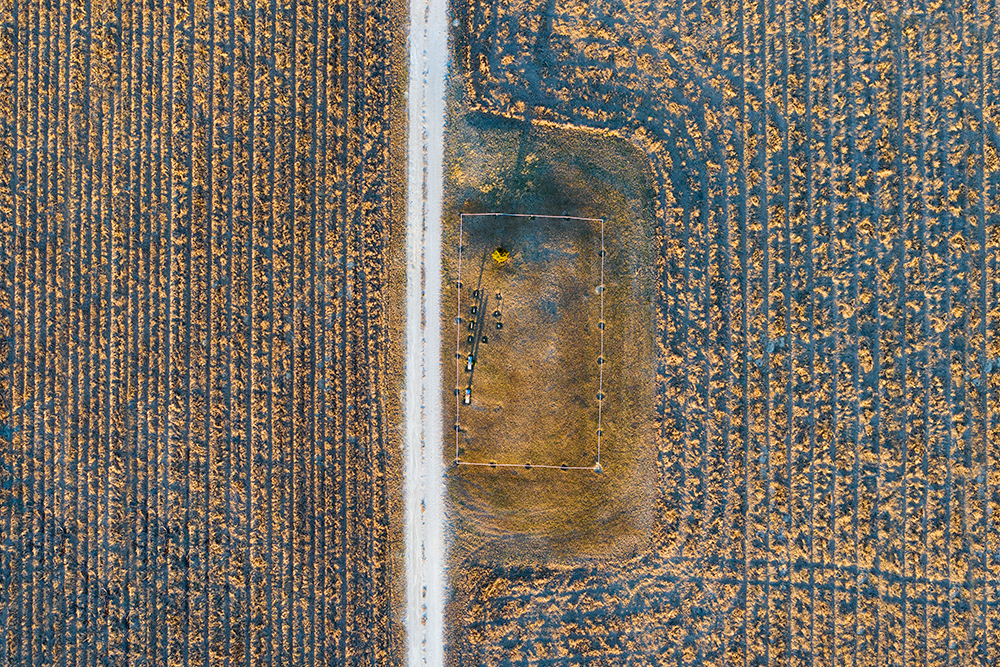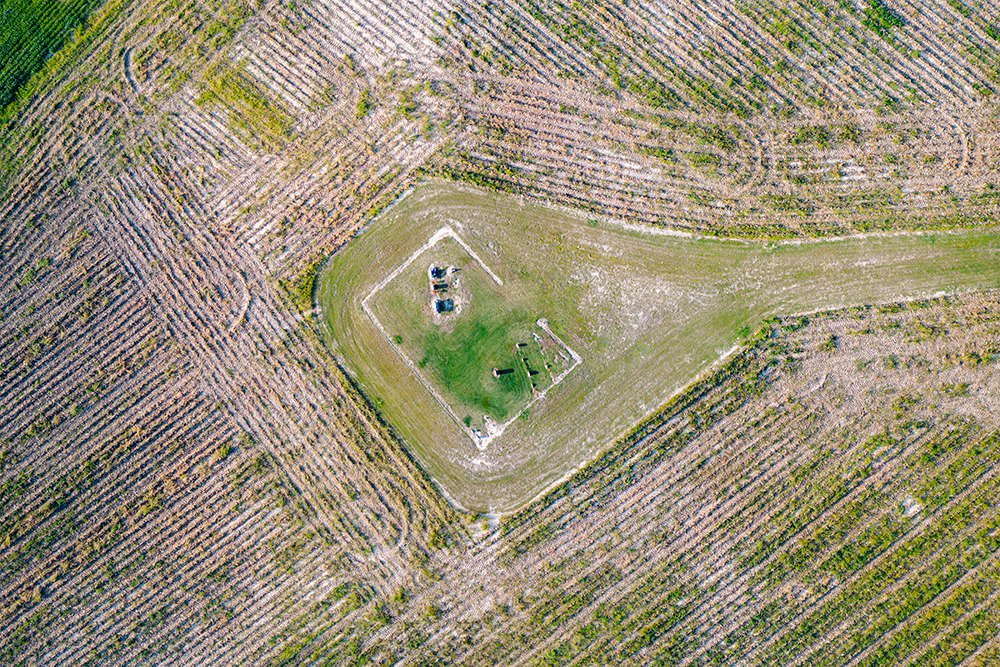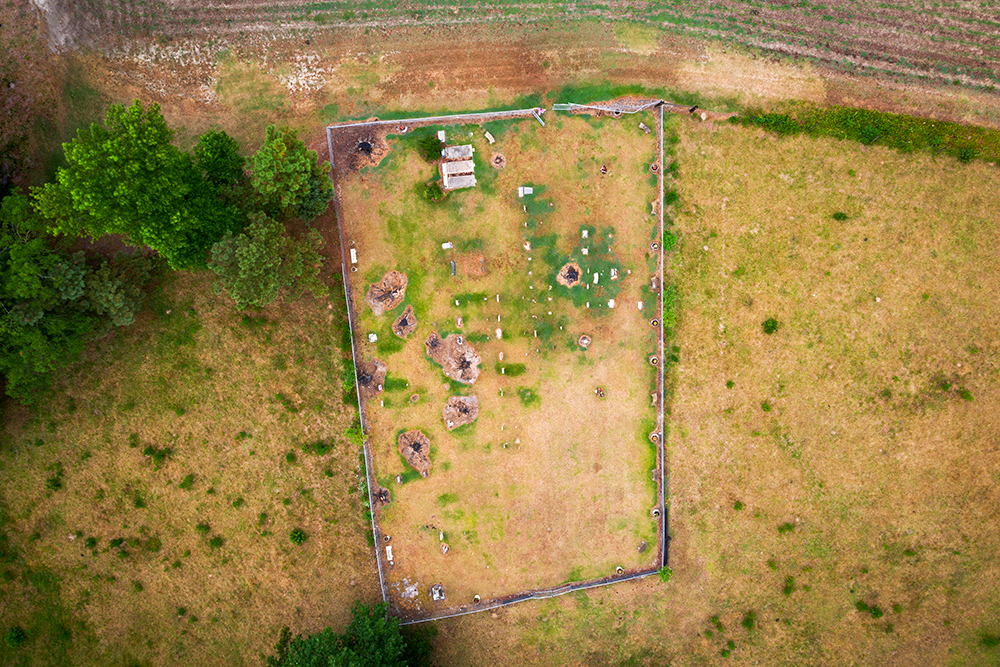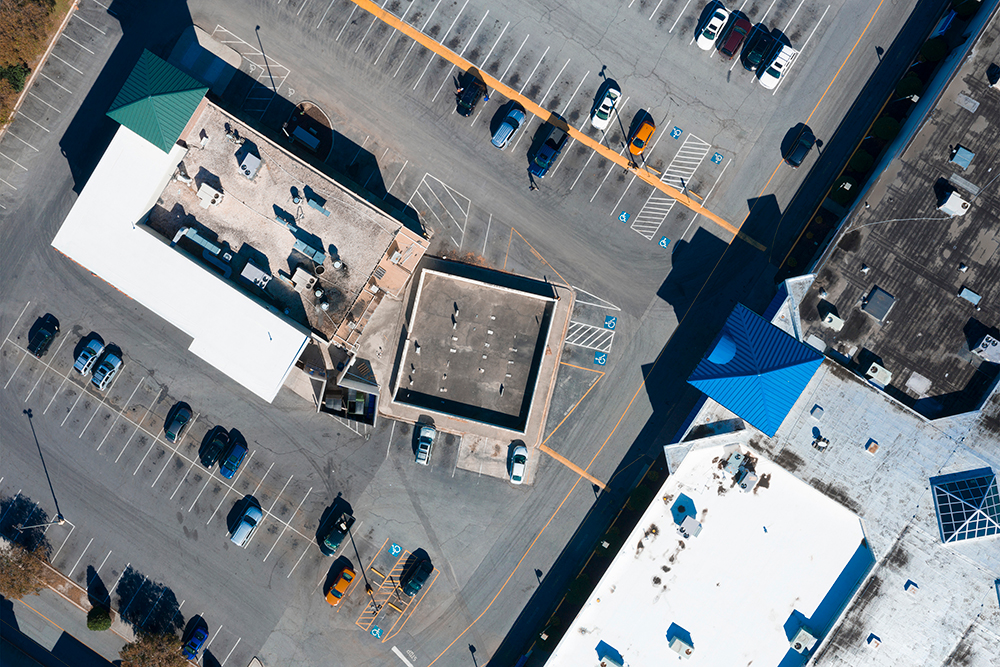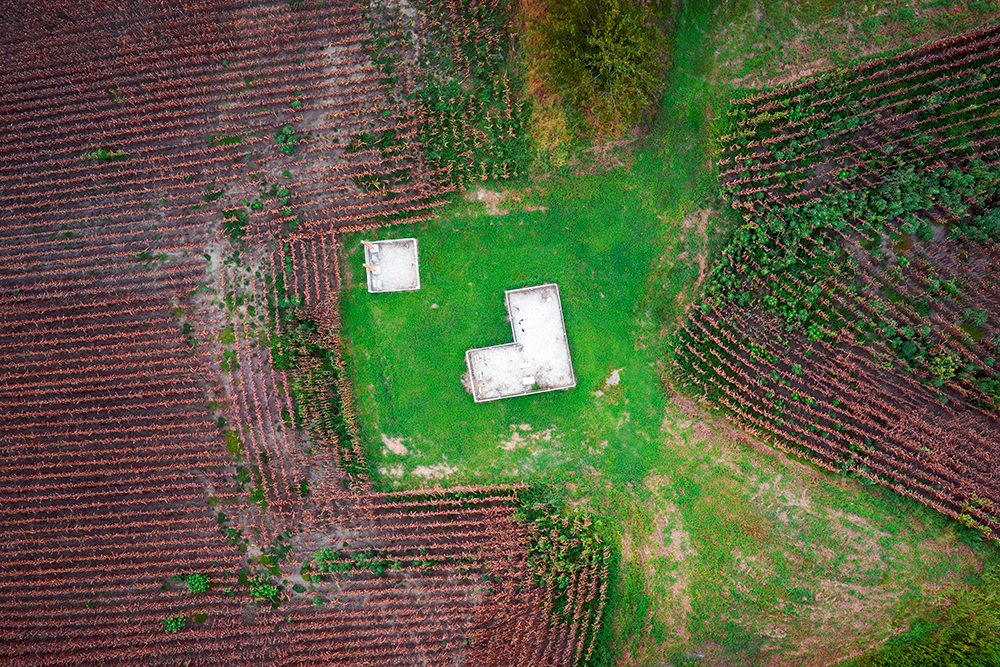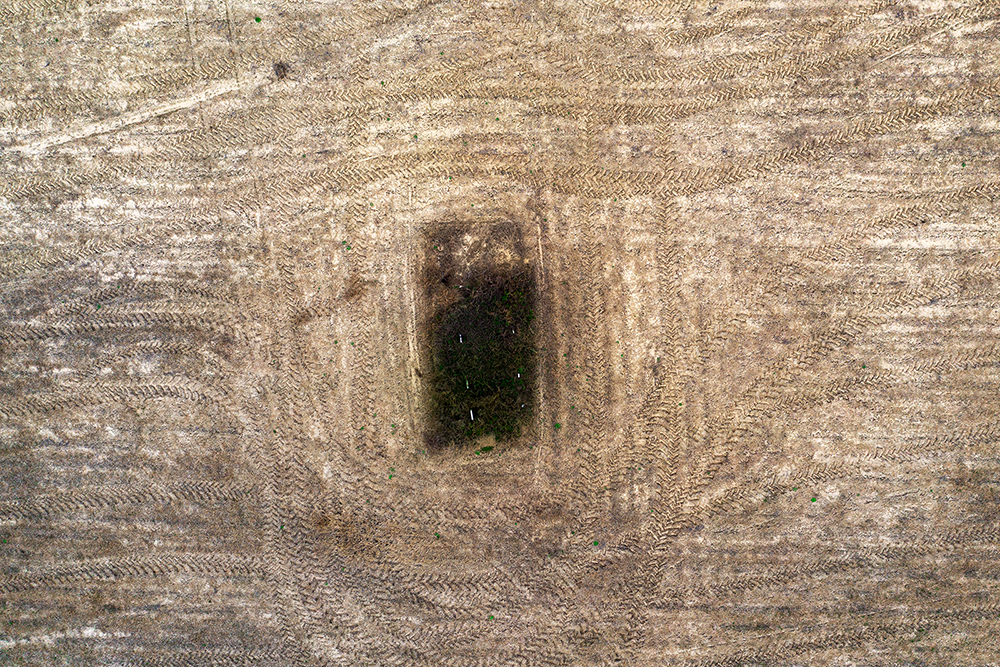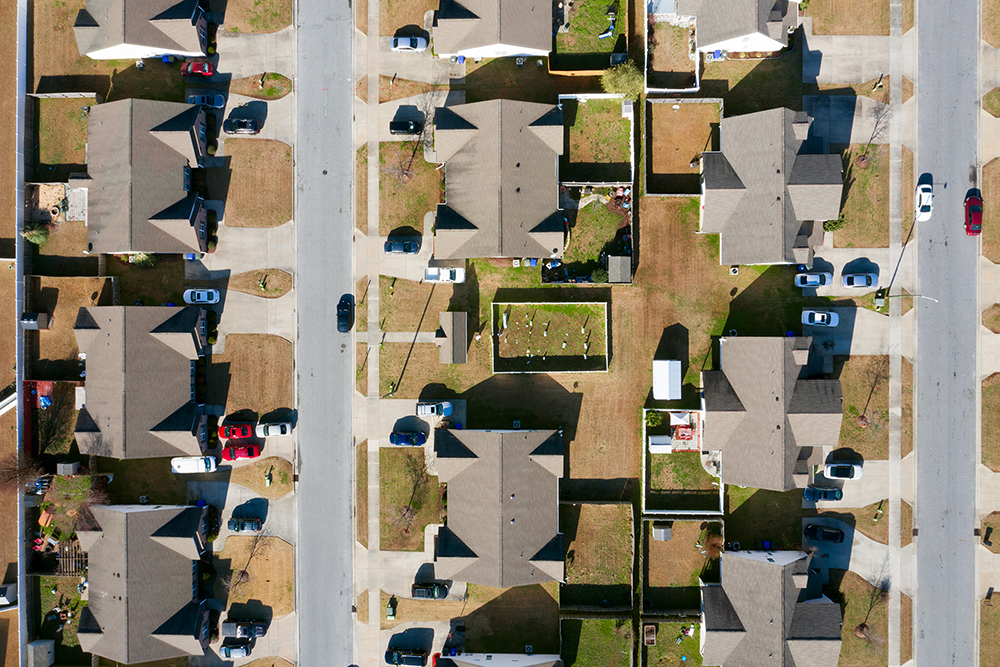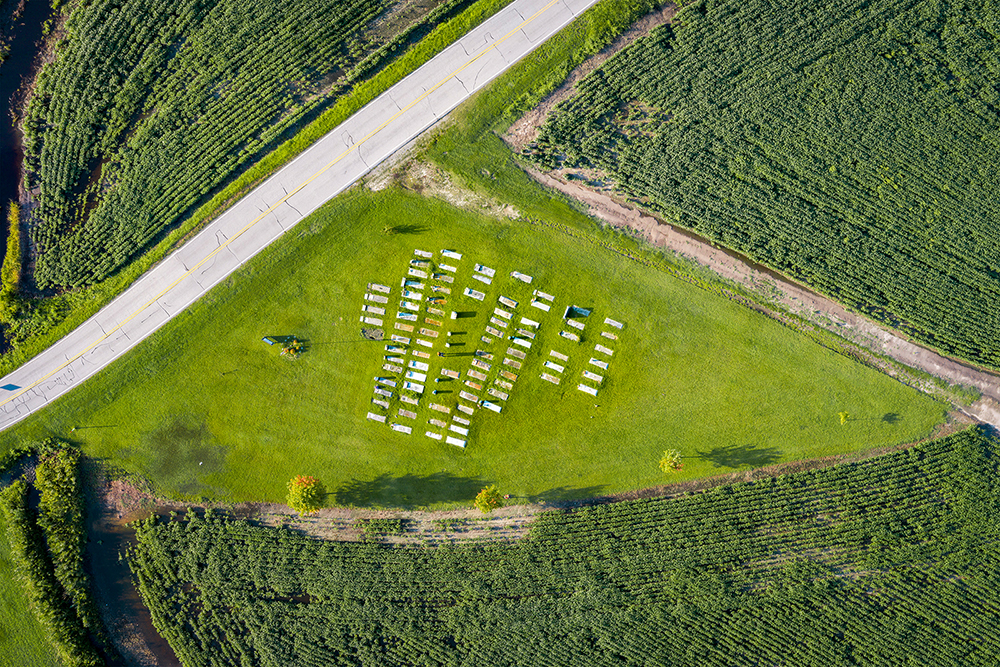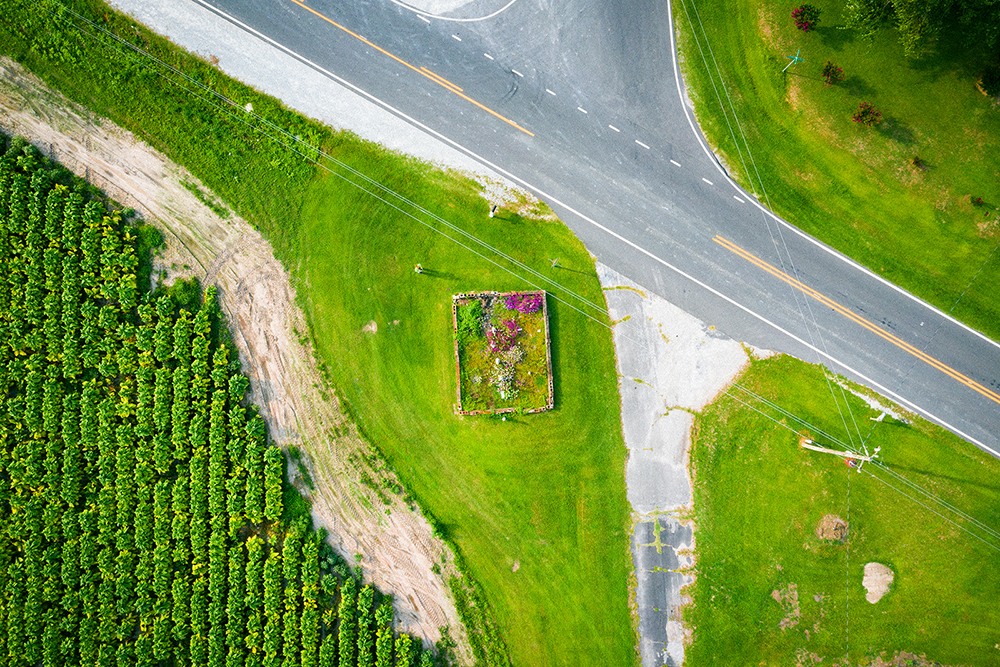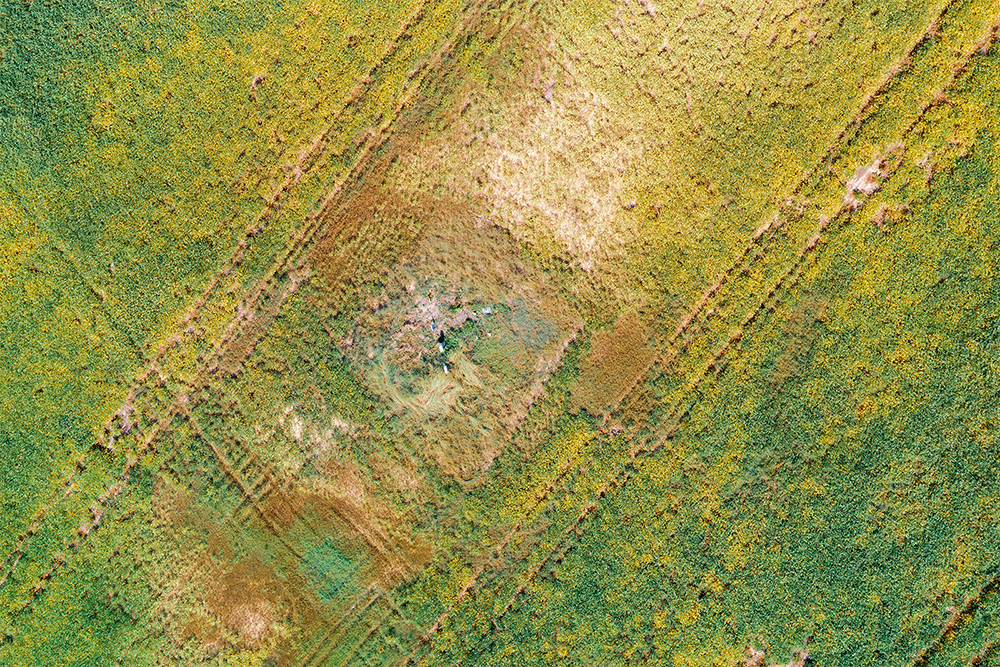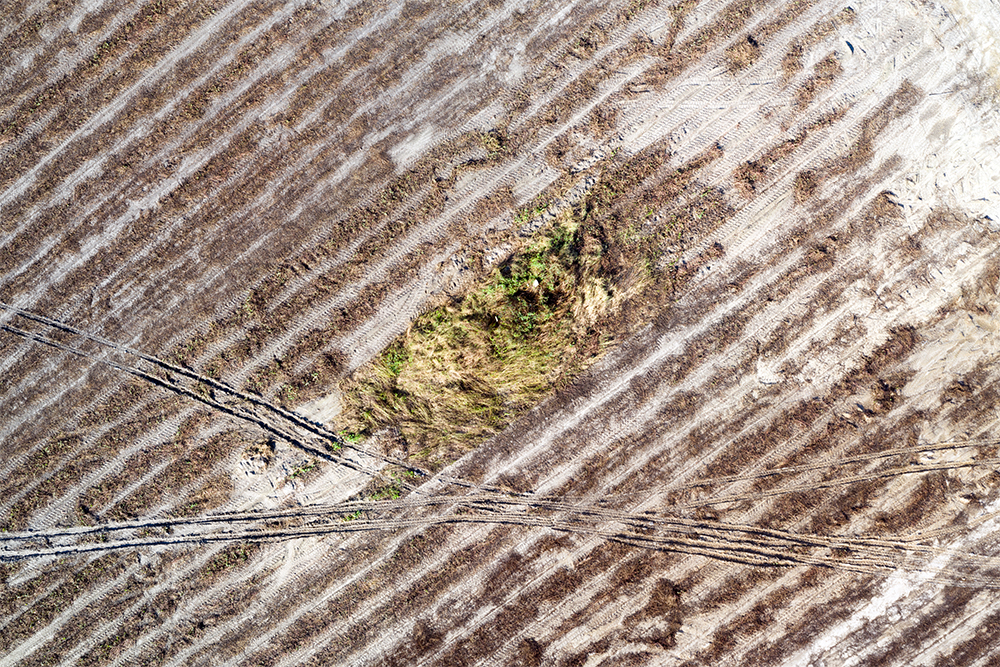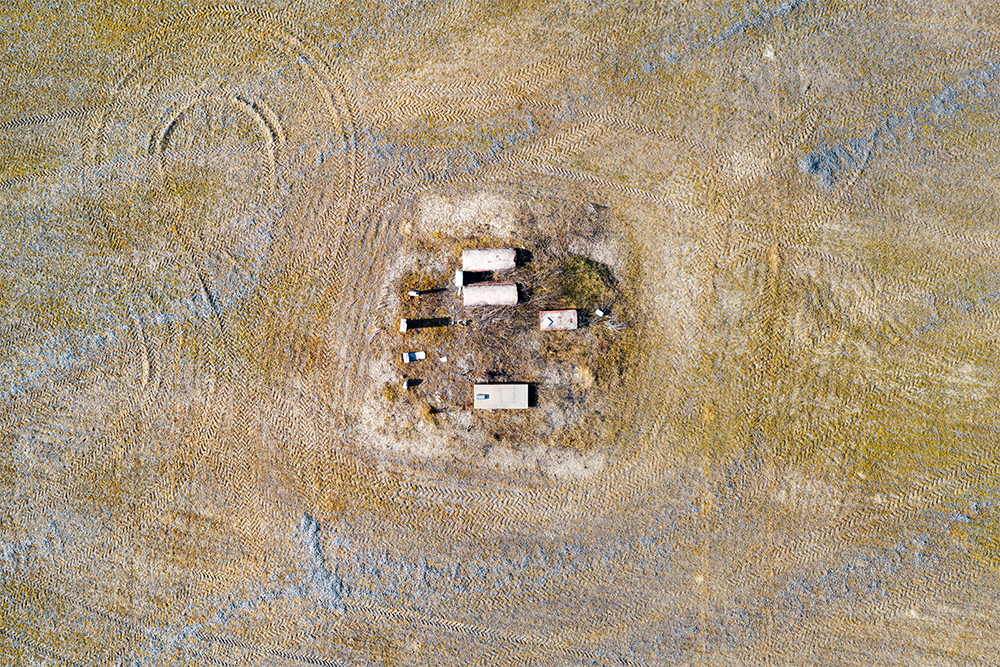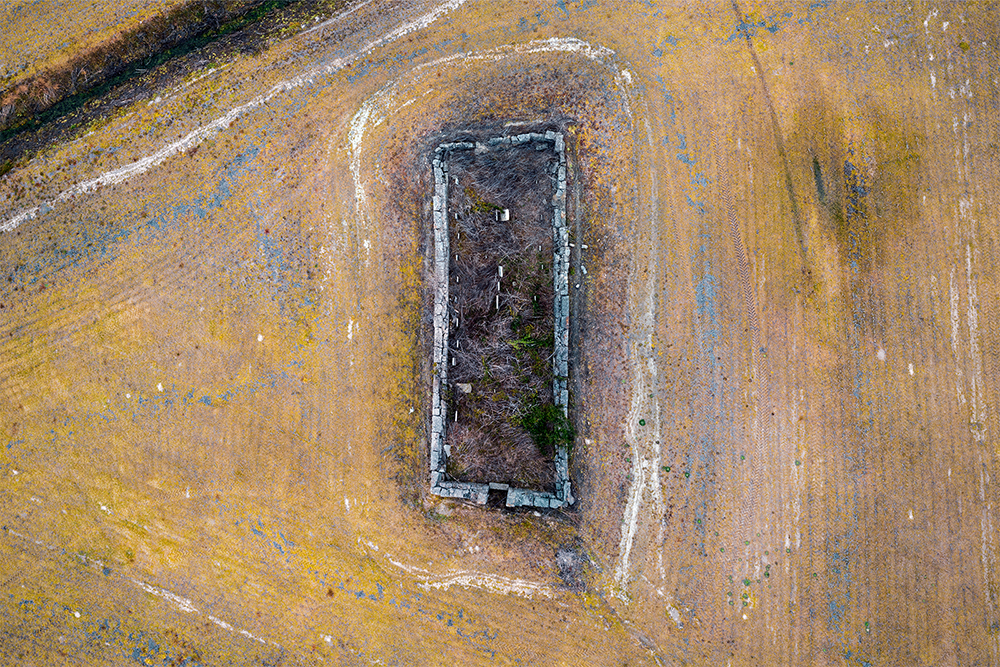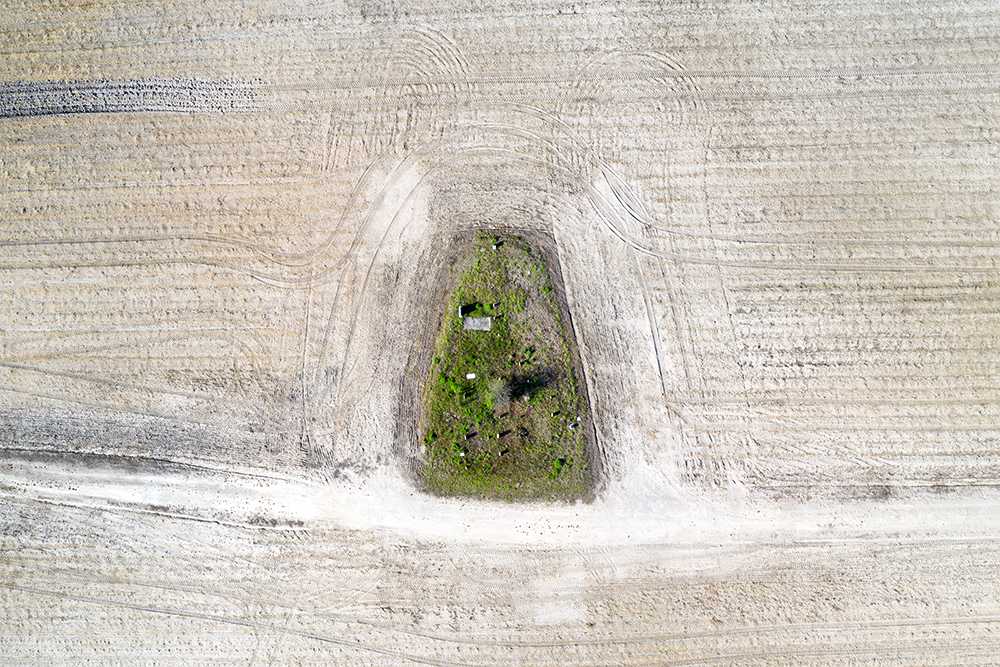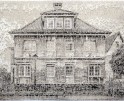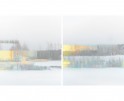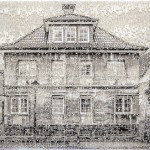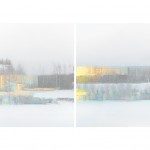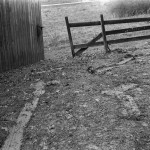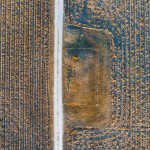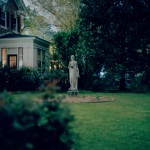Edwin Averette III: The American Family Cemetery
This week, we will be exploring projects inspired by place. Today, we’ll be looking at Edwin Averette III’s series The American Family Cemetery.
Edwin Averette III was an undergraduate photography student while I was at East Carolina University. He was one of the most hardworking and dedicated students. I heard a story where, during a hurricane, he once kayaked from his hometown to the road to make it to class on time. Whether or not that is true (I choose to believe it is!), it represents Edwin’s dedication to whatever he sets his mind to. While in school, he could always be found in the studio either working on Photography, Graphic Design (his other emphasis), or Anthropology (his whole other major!). In his series The American Family Cemetary, he marries all three of these practices. The South is rift with history, and much of it has largely been forgotten over time. Edwin captured the remaining family cemeteries of Eastern North Carolina. He often tried to find out as much as possible about the buried generations. Using a drone camera, the formal compositions show intriguing layouts and surrounding infrastructures. These represent the passing of time and importance of remembrance.
Edwin Averette III, a native of Eastern North Carolina, is an artist using the latest technology along with traditional research methods to look at the anthropological structural system of families, land, cemeteries, and homesteads. He holds a BFA from East Carolina University in the concentrations of photography, graphic design, and anthropology, including a cultural resources management certificate. He specializes in large format composited aerial imagery on archival inkjet prints. He has participated in local, regional, and online exhibitions. Edwin has actively participated in numerous community projects centered around cemeteries. His involvement in many historical projects has allowed him to contribute to the preservation and understanding of local heritage.
Follow Edwin on Instagram at: @typicalnegativity
The American Family Cemetery
For years I met with individuals that were generations older than myself. They showed me their family photo albums. Within those albums were family portraits of every generation of the family. This body of work highlights the American Family Cemetery as the surviving entity of the generations before us in this Eastern North Carolina landscape. They are constructed environments in everchanging context through interactions during and after the remaining persons were reposed. These burial grounds are essentially their own family portrait, not of just one generation, but all of them.
Epiphany Knedler: How did your project come about?
Edwin Averette: For years I have enjoyed documenting miscellaneous historical information. My inspiration for everything I do is from a tape I acquired, recorded in the 1980s, of a ninety-some year-old relative recollecting life over a hundred years ago. In passing she states:
“I could have asked a lot of questions and now I wish I had.”
I felt the scope of potential loss of various histories out there with that spoken line. I went out and scanned family photo albums, transcribed family bibles, interviewed and wrote down stories—cross-referenced those stories with the next folk down the road. There was always a place where I’d have to stop. That is the cemeteries. There are hundreds of thousands that dot the southern United States. Many of them are of a family that lived on a single parcel of land for generations, and for some, are all that remains of the past. I always thought it was an interesting understanding that the family cemetery is of an entire family, several generations, religiously reposed on their small piece of remaining land.
Throughout my time in undergrad I developed a deep fascination for exploring the intricate connections between people, history, and landscapes. Despite being all that remains of persons reposed, many cemeteries are in danger of vandalism, disaster, and destruction; so, I wanted to highlight many at different stages of their existence. A lot of people consider cemeteries to be “spooky” or “haunted.” The aerial top-down perspective removes that preconceived notion and builds on analytical thinking.
EK: What relationship does place or location play within your practice?
EA: Place and time are the centerpieces of my work. I am documenting the current context and conditions of cemeteries. These family sites have an intrinsic relationship with the lands they are located on. They are the constructed representatives of people that came before by their immediate descendants and now are being affected by the changing world. People should notice the cemeteries in my work with end dates of the early 1900s are more ruined than those that are still used until recent. To put it simply, the expanse of globalization led a serious reduction in small agricultural communities. Families simply moved away or died out. The ones that stuck around did not risk losing their cemetery to mass agricultural machinery.
EK: Is there a specific image that is your favorite or particularly meaningful to this series?
EA: The one that typically draws the most attention and rightfully so is Hardee–Smith (1860s–1930s). America’s suburbs have continued to grow as ever, and development requires more land for expansion. Almost every farm has or had a cemetery on it in the area, so there should be no surprise when a cemetery shows up in suburbia’s backyard or city parking lots. They were there first.
EK: Can you tell us about your artistic practice?
EA: Much of it starts with scoping out places to photograph through traditional research. I familiarize myself with the history of the land, the people, and the cemetery as a whole. Which also requires all sorts of things to work in my favor including aerial clearance, weather, season, proximity, and approval. I have a system of photographing many overlapped shots at different heights over a given space. A lot of my practice is sitting at the computer stitching the photos together.
Many of the sites are photographed with true north in mind to show the directional deviation of the graves—Christian burials are always facing an easterly direction. I will say it was never my intention to have a typology of cemeteries, but here we are dozens of shots later. It helps looking at these sites with an anthropological and archaeological perspective.
EK: What’s next for you?
EA: I’m interested in taking more documentary aerial images, but of remote cemeteries. Here in North Carolina, we are facing erosion and sea-level rise alongside our rivers, sounds, and the Outer Banks. There are hundreds of cemeteries reachable only by boat on islands that have not been inhabited since the late 1800s/early 1900s—like Portsmouth Island, Shackleford Banks, South River, and Turnagain Bay area to name a few. Places such as these with persons reposed will be gone within our lifetime.
Lately, I have given talks around the state on lost cemeteries and where to find them, including my body of work the American Family Cemetery when discussing these sites. It gives the layman new perspectives and calls attention to the situation old burying grounds are facing.
Epiphany Knedler is an imagemaker sharing stories of American life. Using Midwestern aesthetics, she creates images and installations exploring histories. She is based in Aberdeen, South Dakota serving as a Lecturer of Art and freelance writer. Her work has been exhibited with Lenscratch, Dek Unu Arts, F-Stop Magazine, and Photolucida Critical Mass. She is the co-founder of MidwestNice Art.
Follow Epiphany Knedler on Instagram: @epiphanysk
Posts on Lenscratch may not be reproduced without the permission of the Lenscratch staff and the photographer.
Recommended
-
The International Women in Photo Association Awards: Louise Amelie: What Does Migration Mean for those who Stay BehindMarch 12th, 2024
-
Janna Ireland: True Story IndexFebruary 17th, 2024
-
Krista Svalbonas: What Remains at the Marshall GalleryJanuary 26th, 2024
-
Amber Zora: Cold CoastDecember 28th, 2023
-
Naohiro Maeda: Where the Wild Things AreDecember 26th, 2023

